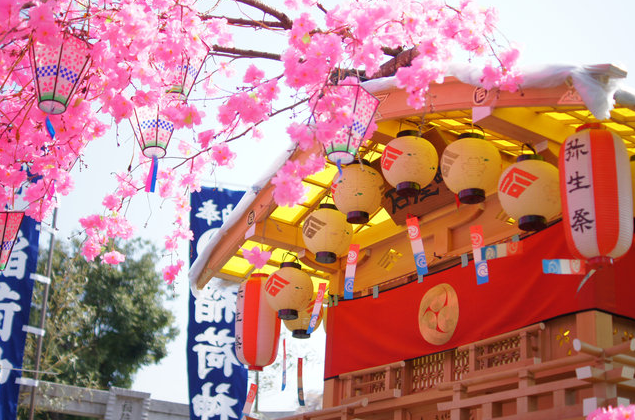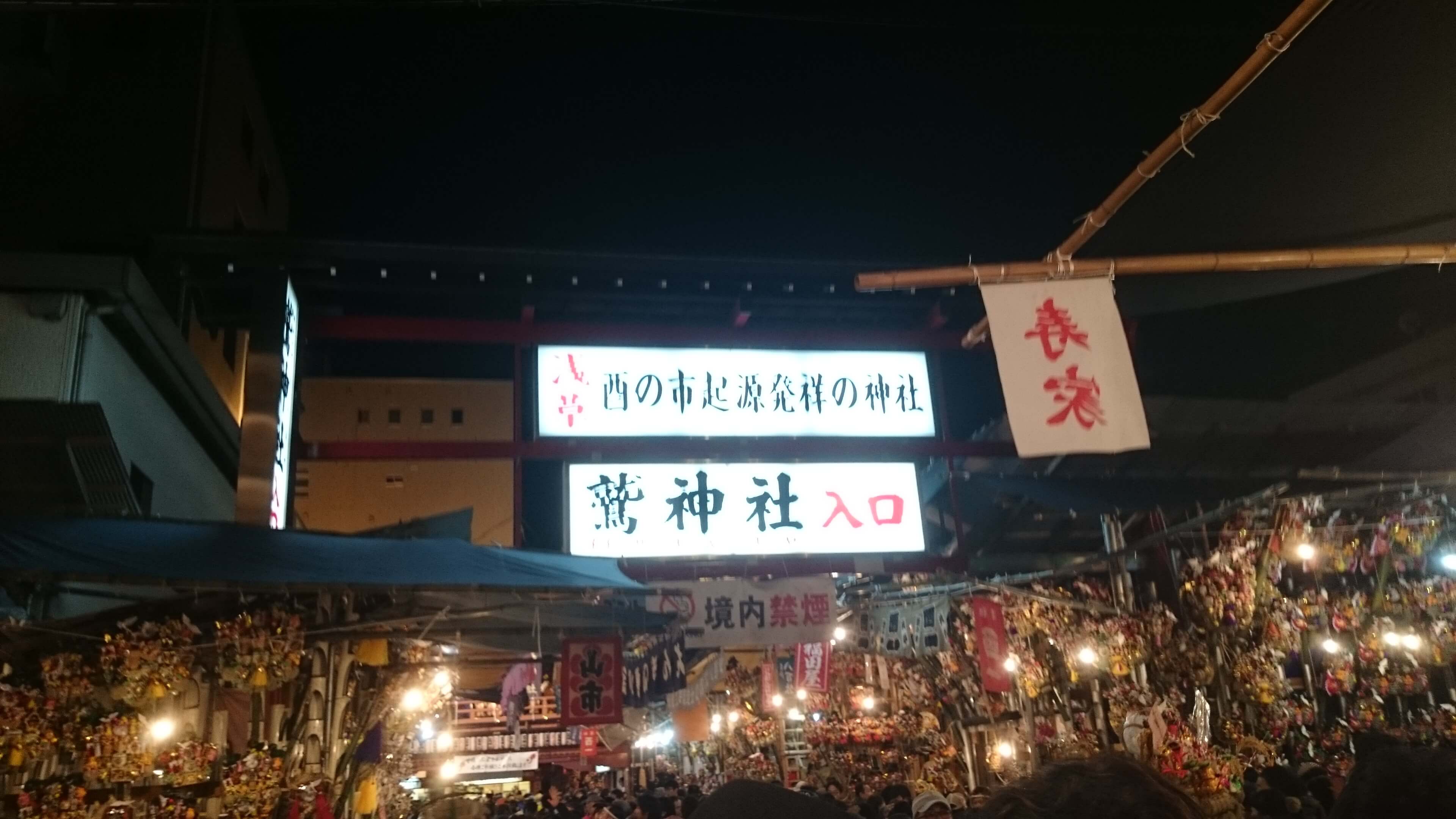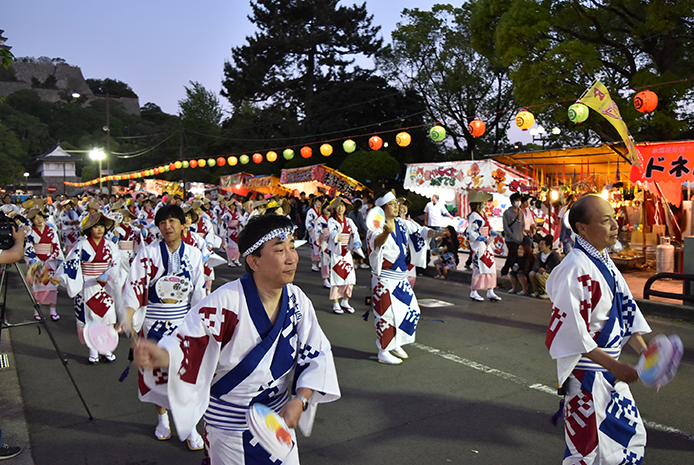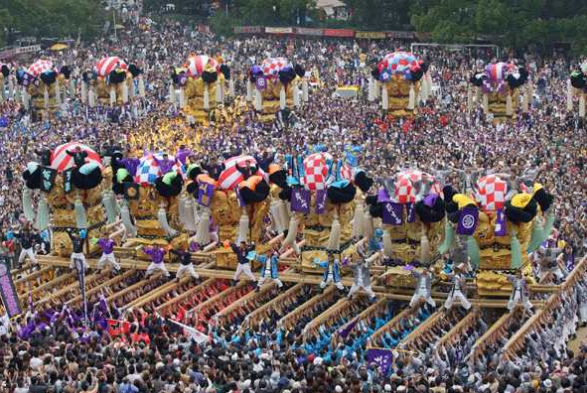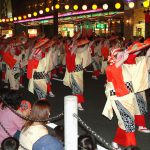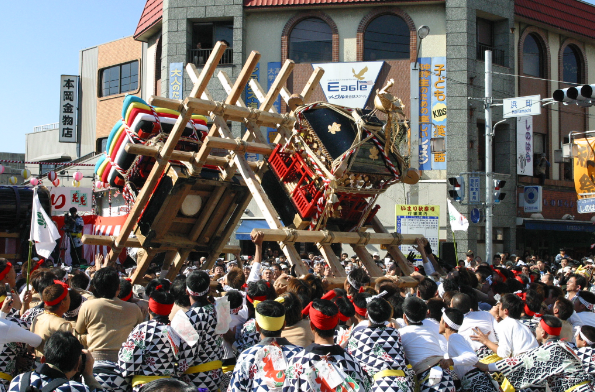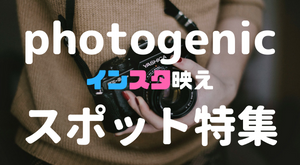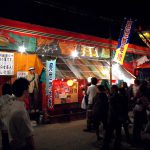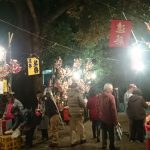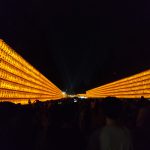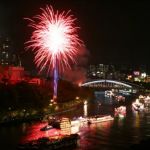Katori City: The “Water Town”
Katori City’s Sawara flourished as a transshipment base for river transport on the Tone River, and is known as the “Water Town.” True to its name, the local specialty is grilled eel (kabayaki).
Located about a 5-minute walk from Sawara Station is “Unagi Kappo Yamada,” a long-established restaurant with a history spanning 300 years. The eel, grilled using a steaming technique called “hakomushi,” is crispy on the outside and aromatic, making it a must-try dish.
Additionally, the townscape of Sawara is famous as the “Little Edo of Northern Chiba.” The wooden buildings along the river offer a picturesque and nostalgic view, giving visitors a sense of stepping back in time.
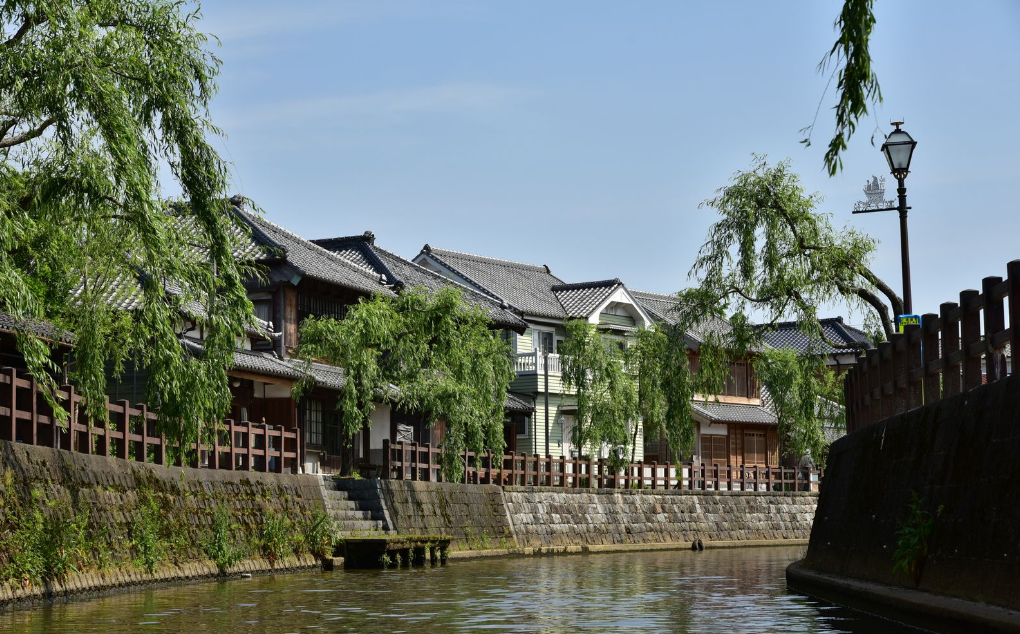
Quoted from RETRIP
Let’s Go to the Katori Shrine Rice Planting Festival!
Location: Katori Shrine
Date: The first Saturday and Sunday of April each year. In the year of the Horse, it is held only on Sunday.
Access: 30 minutes on foot from JR Narita Line “Katori Station” or 10 minutes by car from “Sawara Station.”
2 minutes by car from Sawara-Katori IC.
https://www.city.katori.lg.jp/sightseeing/gyoji/haru/s_otaue.html (Official Katori City Website)
The Katori Shrine Rice Planting Festival is one of Japan’s three major rice planting festivals and consists of the “Plowing Ceremony” on the first day and the “Rice Planting Ceremony” on the second day. The rice planting festival is a ritual to pray for a bountiful harvest of five grains that year, and the Katori Shrine Rice Planting Festival is commonly referred to as “Katori Machi.”
According to historical records, it is believed that the festival was already being held by the second year of the Meitoku era (1391) during the Muromachi period.
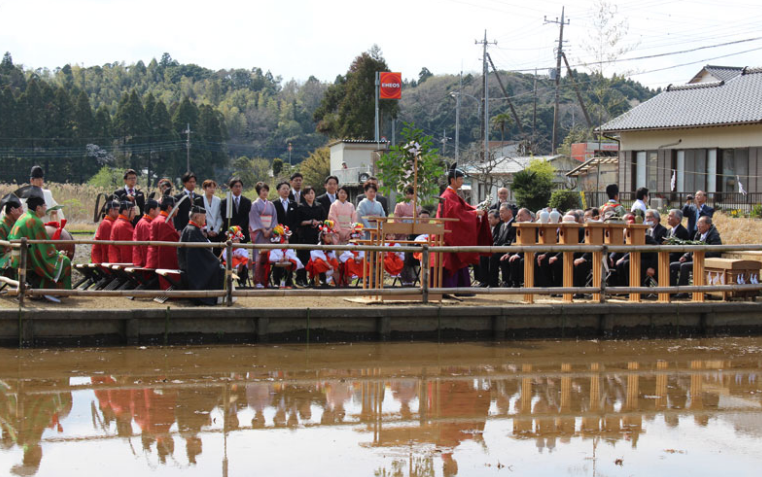
Quoted from Tabi Navi! Sawara
The highlights are the “Plowing Ceremony” and the “Rice Planting Ceremony”!
In the Plowing Ceremony, the area in front of the main hall is depicted as a paddy field, and a ritual is performed that mimics the scene of plowing a rice field before planting using a sickle, hoe, plow, and oxen. Additionally, a rice dance by child performers and the initial planting event by young maidens are conducted.
During the Rice Planting Ceremony, children, priests, and others proceed from the shrine’s approach to the sacred rice field, where they perform rituals such as offering food and reciting prayers. After that, you can watch the young maidens plant rice seedlings while singing rice planting songs.
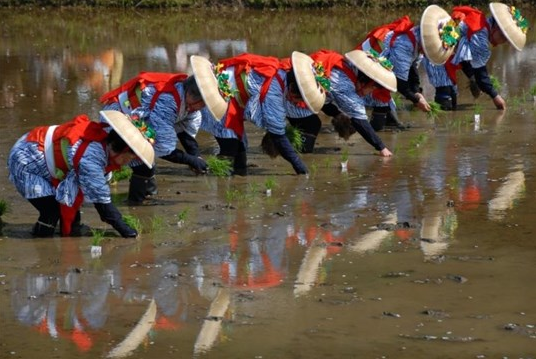
Quoted from Marugoto E! Chiba
Enjoy Traditional Rituals Alongside Cherry Blossoms!
This is an important festival, one of Japan’s three major rice planting festivals. It usually coincides with the cherry blossom season, adding a beautiful touch to the scenery with the blooming flowers. This offers a more picturesque and serene landscape. Be sure to visit and experience the traditional Japanese scenery.
Japan’s Three Major Rice Planting Festivals
Sumiyoshi Taisha Rice Planting Ritual, Osaka Prefecture
Izawa-no-miya Rice Planting Festival, Mie Prefecture
Featured image quoted from Tabi Navi! Sawara.
(Edited by 千八乃)


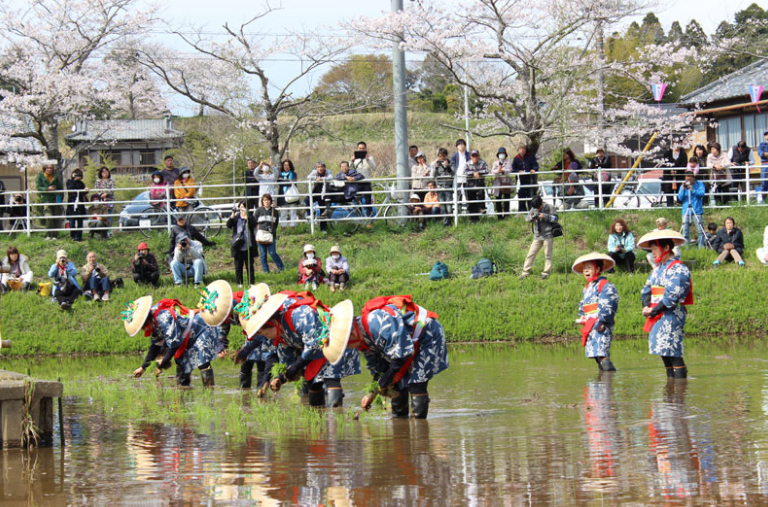
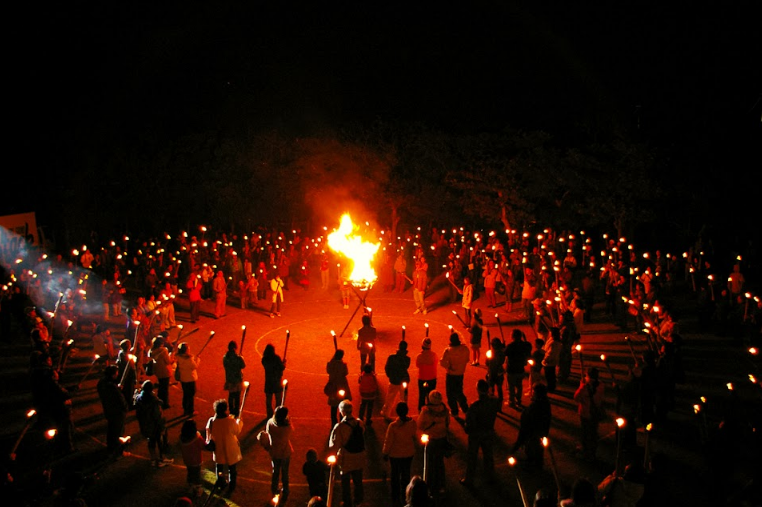
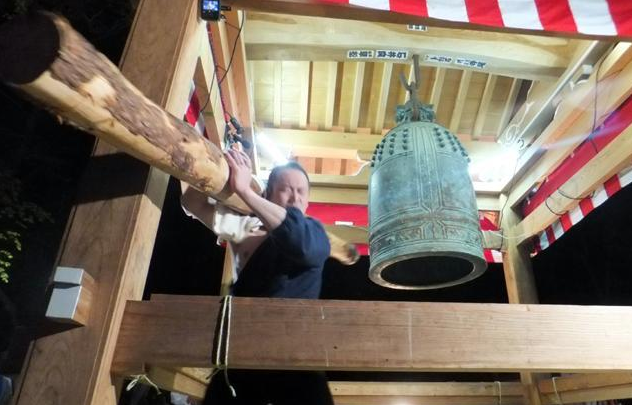
.png)
